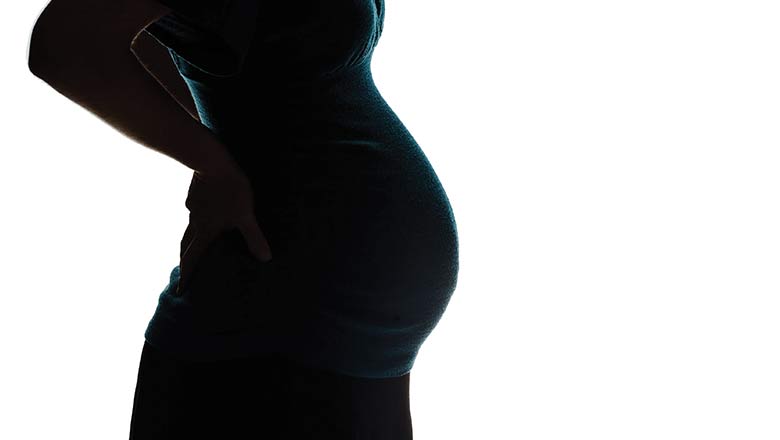Search
Research
The community food environment and its association with diet, health or weight status in Australia: A systematic review with recommendations for future researchThis study systematically reviewed Australian literature to determine if an association exists between geospatial exposure to food outlets and diet, health or weight status. Recommendations for future research are provided.
Research
Models of school breakfast program implementation in Western Australia and the implications for supporting disadvantaged studentsA substantial body of literature points to the educational and social benefits of school breakfast programs. Most high-income countries provide free or subsidized school breakfasts to support disadvantaged children. Australia does not have a nationally-funded school meal program. Instead, charitable organizations offer school breakfast programs on a voluntary basis, often with funding support from state/territory governments.
Research
Meal-time glycaemia in adults with type 1 diabetes using multiple daily injections vs insulin pump therapy following carbohydrate-counting education and bolus calculator provisionTo compare meal-time glycaemia in adults with type 1 diabetes mellitus managed with multiple daily injections vs. insulin pump therapy, using self-monitoring blood glucose, following diabetes education.
Research
Breakfast skipping and cognitive and emotional engagement at school: A cross-sectional population level studyResearch on the consequences of breakfast skipping among students tends to focus on academic outcomes, rather than student wellbeing or engagement at school. This study investigated the association between breakfast skipping and cognitive and emotional aspects of school engagement.

News & Events
Less ‘fast food’ outlets near schools could help reduce obesityTeaching a class of year eleven students about nutrition ten years ago is what gave Dr Gina Trapp the idea for her research.

News & Events
Folate success helps Aboriginal kidsMore than 30 years of research into the links between folate and neural tube defects has paid off for The Kids Research Institute Australia researcher Professor Carol Bower.
News & Events
Variety of foods at breakfast linked with better mental health for teensVariety of foods at breakfast linked with better mental health for teens
News & Events
Folate decision a win for familiesChild health expert Professor Fiona Stanley says today's decision by the Federal and State Food Regulation Ministers to fortify food with folate was a great win
Research
Dietary fructose in relation to blood pressure and serum uric acid in adolescent boys and girlsEvidence that fructose intake may modify blood pressure is generally limited to adult populations.
Research
No dose-dependent increase in fracture risk after long-term exposure to high doses of retinol or beta-caroteneThis intervention study found no increase in fracture risk among 2,322 adults who took a controlled, high-dose retinol supplement (25,000 IU retinyl...
